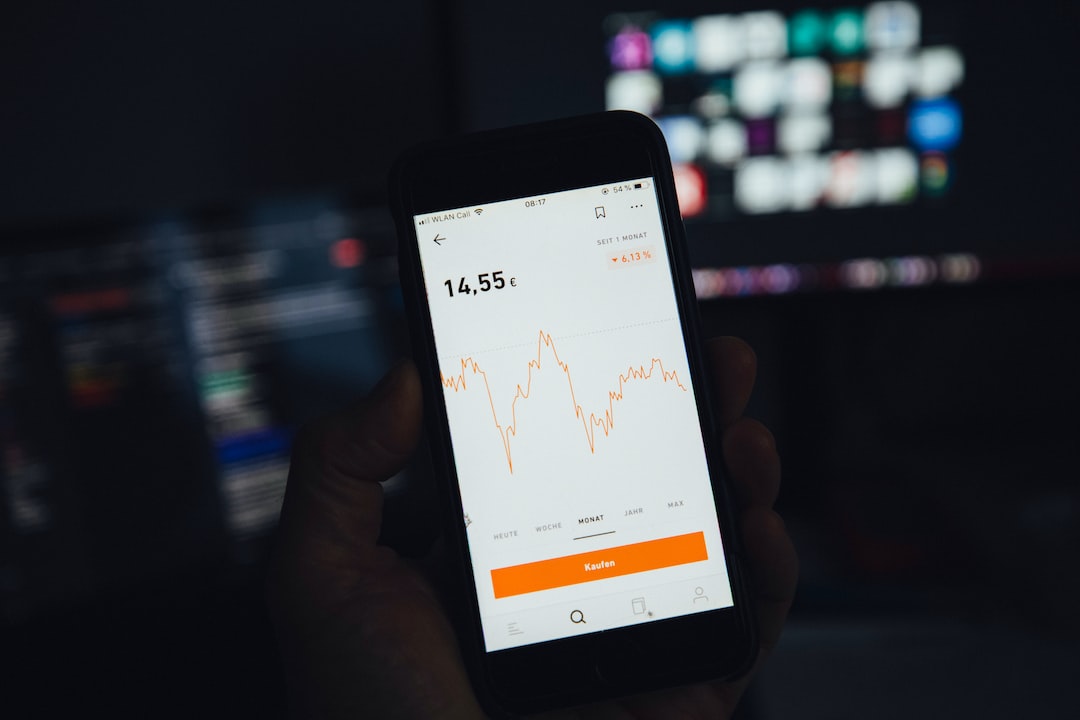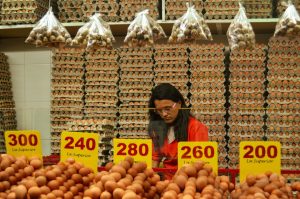Forex trading can be a lucrative way to make money, but it requires skill and knowledge. One of the most important skills a forex trader must possess is the ability to determine when to enter a trade. This is crucial because entering a trade at the wrong time can result in significant losses. In this article, we will discuss the various factors to consider when deciding when to enter a forex trade.
1. Market conditions
Before entering a forex trade, it is essential to analyze the market conditions. This involves looking at the economic indicators, news releases, and market sentiment. Economic indicators such as employment data, inflation, and GDP can affect the value of a currency. News releases such as central bank announcements and geopolitical events can also have a significant impact on the forex market. Market sentiment refers to the overall mood of traders and investors towards the currency pair.
2. Technical analysis
Technical analysis is the study of price charts and patterns. By analyzing price charts, traders can identify trends, support and resistance levels, and other indicators that can help them make informed trading decisions. Technical analysis can be used in combination with fundamental analysis to determine the best time to enter a trade.
3. Risk management
Entering a forex trade involves taking a risk. Therefore, it is essential to have a risk management plan in place. This involves setting stop-loss orders to limit potential losses and determining the appropriate position size to minimize risk. Traders should also have a clear understanding of their risk tolerance and the amount of capital they are willing to risk.
4. Trading strategy
Traders should have a clear trading strategy in place before entering a forex trade. This involves determining the entry and exit points, as well as the timeframe for the trade. Traders should also consider their trading style, whether they are a day trader or a swing trader, and the currency pairs they prefer to trade.
5. Trading signals
Trading signals are indicators that suggest when to enter or exit a trade. These signals can be generated by technical analysis tools such as moving averages, MACD, and RSI. Traders can also use automated trading systems that generate signals based on predefined criteria.
6. Market volatility
Market volatility refers to the degree of price fluctuation in a currency pair. High volatility can create opportunities for traders to enter trades and make profits. However, it can also increase the risk of losses. Traders should consider the level of volatility in the market before entering a trade.
7. Liquidity
Liquidity refers to the ease with which a currency pair can be bought or sold. Highly liquid currency pairs are more easily traded and tend to have lower spreads. Traders should consider liquidity when deciding when to enter a trade.
Conclusion
Determining when to enter a forex trade requires a combination of technical and fundamental analysis, risk management, a clear trading strategy, and an understanding of market conditions. Traders should also consider trading signals, market volatility, and liquidity when making their decisions. By taking all of these factors into account, traders can increase their chances of success in the forex market.






